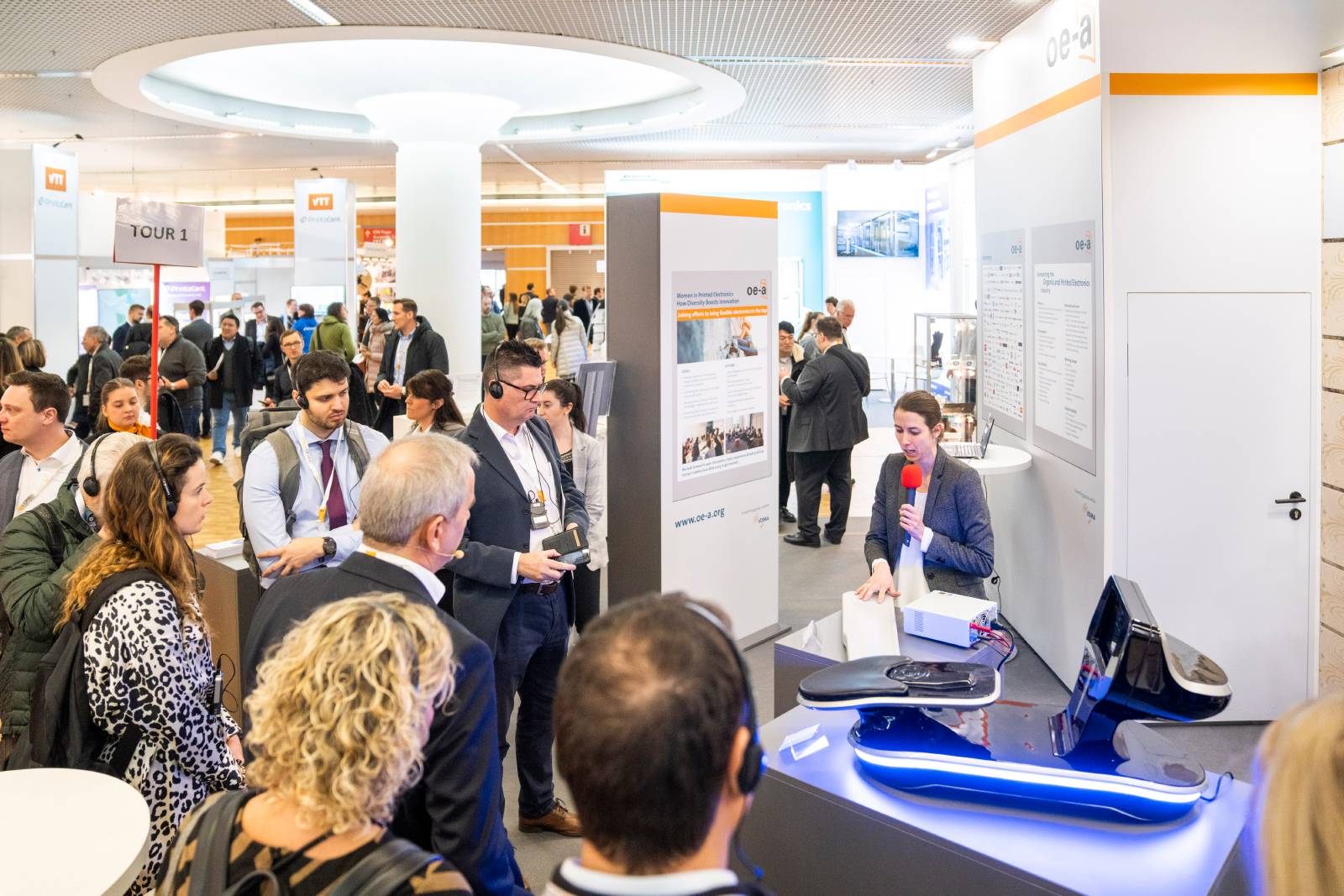The organic and printed electronics industry is also severely affected by the Covid19 pandemic, according to the latest business climate survey by the OE-A (Organic and Printed Electronics Association). While the figures at the beginning of the year were still very positive with a forecast sales increase of 8 percent, the survey participants now expect a sales loss of 20 percent this year. Main reasons: Cancellations of orders and a significantly reduced order intake due to the Corona pandemic.
“This is the first negative sales forecast since the first OE-A Business Climate Survey in 2014,” says Dr Klaus Hecker, OE-A Managing Director. “Although the order situation has recovered significantly after a strong decline in the 2nd and 3rd quarters, companies will not be able to fully compensate for the sales losses already suffered this year,” adds Dr Hecker.
The semi-annual OE-A Business Climate Survey sheds light on the anticipated growth of the organic and printed electronics industry. During each survey, OE-A members – from material suppliers to end users – are asked to provide qualitative data on the state of the industry and their expected sales development.
OE-A expects 7 percent sales growth for 2021
But there is also positive news: A partial recovery is expected for 2021 with a sales forecast of plus 7 percent. This growth is expected along the entire value chain. In addition, two-thirds of the companies plan to increase their investments in production within the next six months. There are also positive signs for employees: The employment situation is stable at almost 90 percent of the companies and 9 percent of the firms are even increasing their workforce. Currently, the most important user industries are still consumer electronics, automotive and, increasingly, the medical and pharmaceutical sectors.
“For 2021 the outlook of the industry is optimistic. Numerous product launches are planned and the interest of important user industries remains,” says Dr Hecker. “However, the companies expect it will take one to two years to fully compensate for the losses,” adds
Dr Hecker. “The pandemic has also boosted the development of and demand for specific applications such as smart patches for monitoring temperature or respiration in the medical sector, and sensor mats for distance control in the retail sector. Every crisis is also an opportunity. The companies have accepted this challenge in a very dynamic and flexible way”.





